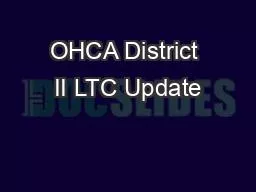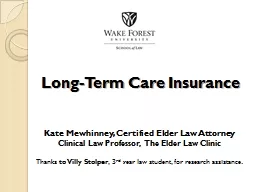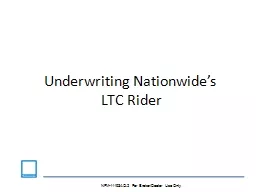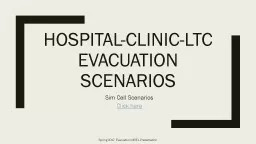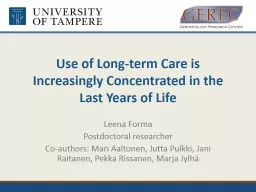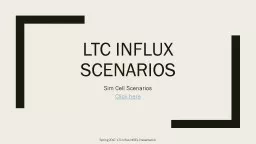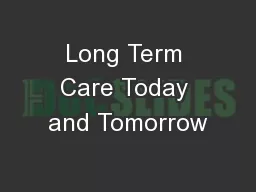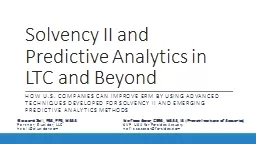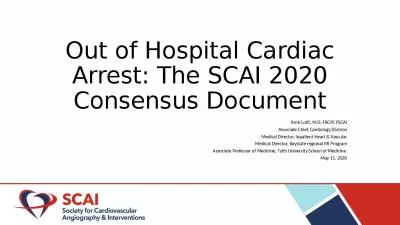PPT-OHCA District II LTC Update
Author : southan | Published Date : 2020-07-04
Kenneth Daily LNHA kennqissurveycom OCTOBER 2016 District News CEUs for today s program is 20 hours Next meeting November Kenn Daily LSC and Disaster Management
Presentation Embed Code
Download Presentation
Download Presentation The PPT/PDF document "OHCA District II LTC Update" is the property of its rightful owner. Permission is granted to download and print the materials on this website for personal, non-commercial use only, and to display it on your personal computer provided you do not modify the materials and that you retain all copyright notices contained in the materials. By downloading content from our website, you accept the terms of this agreement.
OHCA District II LTC Update: Transcript
Download Rules Of Document
"OHCA District II LTC Update"The content belongs to its owner. You may download and print it for personal use, without modification, and keep all copyright notices. By downloading, you agree to these terms.
Related Documents

